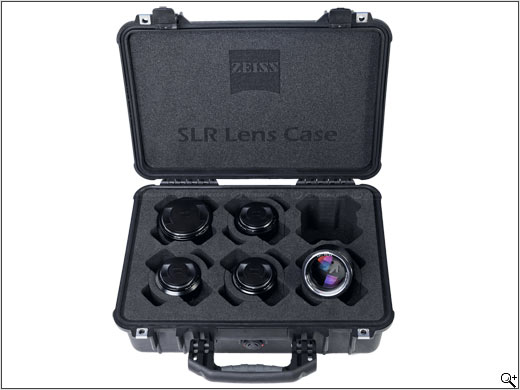Great Lenses for HDSLR Video

What to look for when buying a lens?
The two most popular reasons for shooting video with a DSLR camera are low light capabilities and depth of field. While the large format sensors of DSLRs help make this possible, it is really the lens that dictates whether these results may be achieved.
 What to look for when buying a lens?
What to look for when buying a lens?
The two most popular reasons for shooting video with a DSLR camera are low light capabilities and depth of field. While the large format sensors of DSLRs help make this possible, it is really the lens that dictates whether these results may be achieved. Given this, it is much more important to focus on the lens specs and make sure that we are purchasing lenses capable of the results we are aiming for.
Primes, Primes, and more Primes
While prime lenses (fixed focal length lenses) have a great place in photography, they have even more of a place in video, especially with DSLR shooting. Without a motorized zoom, zooming in during shooting is frequently not recommended. To make matters worse, if your lens does not have a constant aperture throughout its zoom range, your picture will get significantly darker as you zoom. For this reason, there are few reasons to need a zoom lens and many reasons to ditch it. The two largest benefits to primes are their great sharpness and wide open apertures. A wide aperture will allow you to shrink the depth of field giving a stunning blur or out of focus look to everything not in focus. This is used frequently in film-making and documentary work to eliminate distracting backgrounds. It also allows you to shoot with much less lighting by increasing the amount of light that passes through the lens to the camera sensor. For this reason, lenses with an aperture between f/1.2-f/2.8 are frequently used for best results. Though even pricey zoom lenses tend to have a maximum aperture of f/2.8, almost all prime lenses will achieve greater than this.
Image Stabilization
On most DSLR cameras, image stabilization is not built into the camera. As a result, a non stabilized lens will be very difficult to stabilize without a tripod. Add to that the less ergonomically fitted video form factor of DSLR cameras, and shooting stabilized video without a tripod is almost impossible. With a lens that offers image stabilization, camera motion is vastly improved and great quality hand held video is possible. Unfortunately, most prime lenses are not stabilized and zoom lenses with large maximum apertures are more expensive. One of my favorites though is the Sigma 17-50mm f/2.8 OS or the Canon equivalent of 18-55mm f/2.8 IS. This is the perfect video zoom range for a cropped body APS-C DSLR and offers great results for image stabilization
Focal Lengths
Typical focal lengths for video range from 35mm to 85mm (35mm equivalent). If you are shooting with a cropped body DSLR such as the Nikon D7000 or Canon 60D, this corresponds to a 22mm-53mm range. An 18-55mm or even a 17-50mm lens will cover this range perfectly allowing you to achieve the perfect focal lengths for a variety of circumstances. This lens range is also readily available with image stabilization in the Sigma 17-50mm f/2.8 OS or the Canon equivalent 18-55mm f/2.8 IS.
Constant Aperture
If you are buying a zoom lens, make sure it has a constant aperture. Without this, zooming will completely affect the exposure of your image mandating a complete change of settings every time you turn the lens. This procedure is not only aggravating, it also makes it impossible to achieve great results while zooming. An aperture change mandates a shutter change or a change of light, both of which are not easily nor should they be changed during shooting. Even for those who may stop shooting before zooming will notice a very different image when zoomed in. With the aperture change brings a depth of field change which could quickly affect how much of your background is now visible and focused in addition to altering perspective.
Wide Open Aperture
Even with a DSLR, shooting with an aperture of f/5.6 will yield a very dark or grainy video in low light. The benefit to DSLR shooting is the ability to shoot at very wide apertures combined with a large sensor. This combination allows greater amounts of light to reach the camera sensor when compared with typical video cameras. In order to gather this amount of light however, you will need a lens capable of apertures of f/2.8 and greater. Almost every prime lens has this ability, as well as most premium zoom lenses. Another benefit to wide open shooting is the narrow depth of field. Shooting a subject at f/2.8 often yields a depth of field narrow enough to isolate your subject from the background, achieving the much desired effect seen in professional video.
While there are many lenses on the market and each may bring another advantage to the table, these general tips will help ensure that your lens maximizes the results of HDSLR video.





